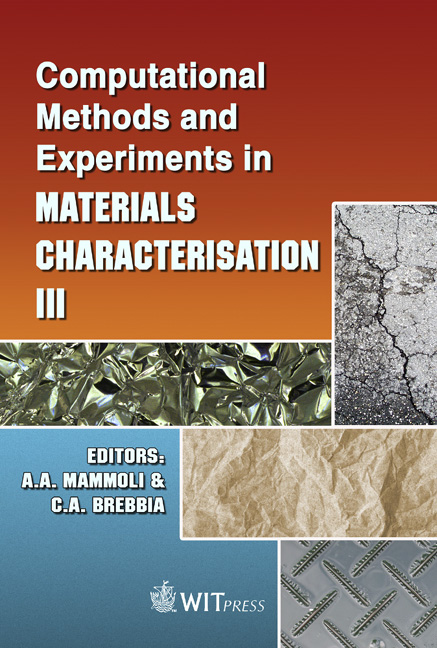Reactive Powder Concrete: Material For The 21st Century
Price
Free (open access)
Transaction
Volume
57
Pages
7
Published
2007
Size
808 kb
Paper DOI
10.2495/MC070131
Copyright
WIT Press
Author(s)
D. Mestrovic, D. Cizmar & V. Stanilovic
Abstract
The most popular engineering material is concrete. It is used for buildings, industrial structures, bridges and dams. Every day the quality of concrete is improving, to achieve better characteristics, lower prices and to be environmentally acceptable. First the historical overview of concrete is given – from ancient civilizations to the 21st century. Then the making of reactive powder concrete (RPC), a composite material with compression strength up to 170 N/mm2 is presented. The components for the RPC mixture are cement, fine aggregate, steel fibers, silica fume and super-plasticizer. They are carefully selected to achieve the optimal mixture. Detailed concrete mix proportions are given in the article. Preparation and testing of materials are made in the laboratory of the Faculty of Civil Engineering in Zagreb. As well as mechanical properties the durability parameters were also tested (gas permeability test, capillary water test). It is concluded that due to very high compression strength RPC can be used for big spans. RPC also has superb durability parameters such as abrasion resistance and reduced chloride permeability. These durability enhancements decrease maintenance costs and lengthen the service life of a structure. RPC is a material whose potential is yet to be identified. Keywords: reactive powder concrete, durability. 1 Introduction The first specimens of cement are around 12 millions years old. Reactions between limestone and oil shale during spontaneous combustion occurred in Israel to form a natural deposit of cement compounds. These deposits were characterized by geologists between 1960 and 1970. In 3000 years BC the Egyptians used mud mixed with straw to bind dried bricks. They also used
Keywords
reactive powder concrete, durability.





